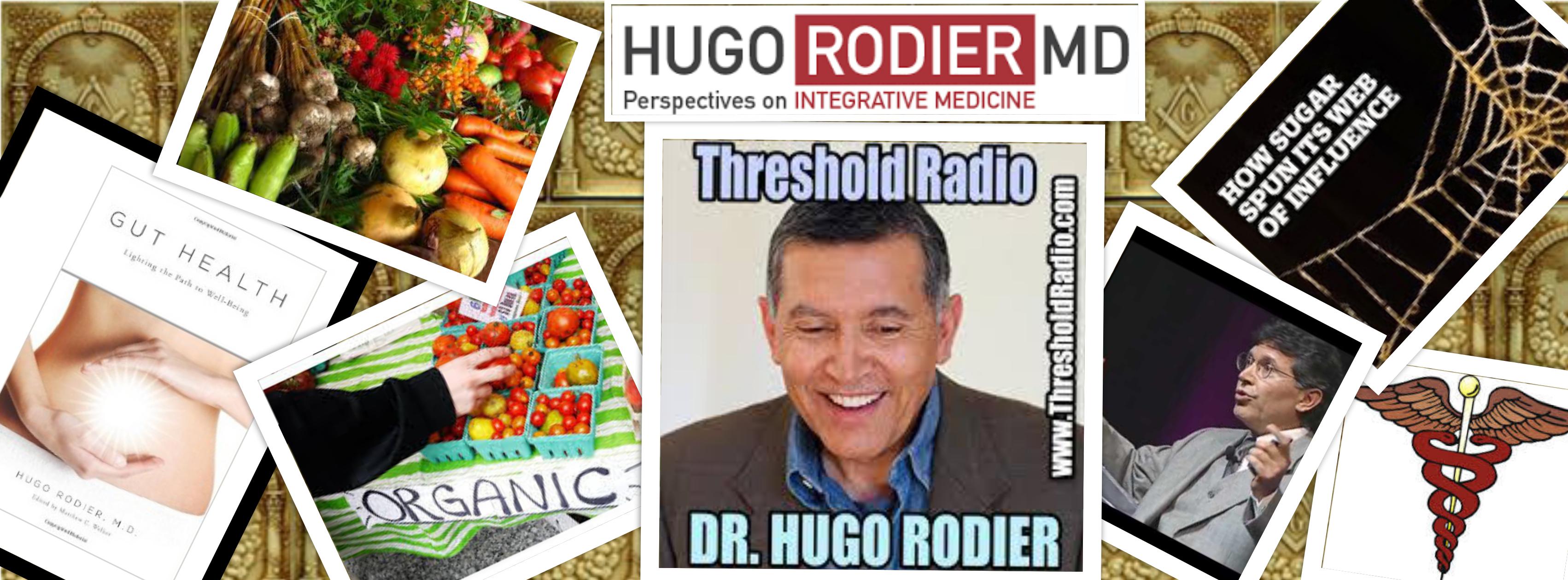Integrative View of Routine Mammogram Screening
October 26th, 2016
by Hugo Rodier, MD
If you are not eating a proper diet, milk is a good thing. It has a lot of nutrients and a lot of sugar. BUT, be prepared to pay the consequences, from higher risk of allergies to cancer. The most common is ACNE. Stronger bones you say? MOST DEFINITELY NOT. Look at the evidence below.
Why, then, do we hear so much about the virtues of milk? Follow the money.
- Cordain L, Lindeberg S, Hurtado M, et al. Acne vulgaris: a disease of Western civilization. Arch Dermatol. 2002;138;1584-1590.
- Smith RN, Mann NJ, Braue A, Mäkeläinen H, Varigos GA. A low-glycemic-load diet improves symptoms in acne vulgaris patients: a randomized controlled trial. Am J Clin Nutr. 2007;86:107-115.
- Adebamowo CA, Spiegelman D, Danby FW, et al. High school dietary dairy intake and teenage acne. J Am Acad Dermatol. 2005;52;207-214.
- Melnik BC, Schmitz G. Role of insulin, insulin-like growth factor-1, hyperglycemic food and milk consumption in the pathogenesis of acne vulgaris. Exp Dermatol. 2009;18:833-841.
- “Consumption of Dairy in Teenagers With and Without Acne ,”
J Am Acad Dermatol. 2016;75:318-322
“High milk consumption has consistently not been associated with lower risk of fractures in large prospective studies, whereas increased risks of advanced or fatal prostate cancer have been observed in many studies.” Am J. Prev Med 2005;29:320
“Calcium, dairy products, and bone health in children and young adults,” J. Pediatrics 2005;115:736
* 58 studies reviewed. Most of them found no relationship between dietary calcium intake, and measurement of bone health.
* Dairy consumption is among highest in the USA, yet, osteoporosis and fracture rates are also high.
* Animal protein, including milk, is associated with urinary calcium losses.
* Doubling protein intake in creases loss of calcium by %50.
* Physical activity in 12-18 year-olds strengthens bones more than calcium intake.
* “We found no evidence to support the notion that milk is a preferred source of calcium.
* The NIH does not say that milk is the preferred source of calcium. Only the industry interpreted it so.
* “Calcium in dairy products is not as well absorbed as that in many dark green leafy vegetables… Dairy products contain protein and sodium (the latter competes with calcium), and some dairy products, especially processed cheeses, clearly increase the urinary excretion of calcium as a result of the increase sodium, sulphur containing amino acids, and phosphorus content. Although dairy products tend to contain more calcium I absolute amounts than calcium-rich plant foods, when absorption fraction is taken into account, the amount of plant food needed to get the same amount of absorbable calcium is modest. For example, one cup of cooked kale or turnip greens, 2 packets of instant oats, two thirds cup of tofu, or 1 2/3 cups of broccoli provide the same amount as 1 cup of milk, as would 1 cup of fortified orange juice, soy milk, or basic 4 cereal.”
FOR MORE INFORMATION, GO TO: http://hugorodier.com/

